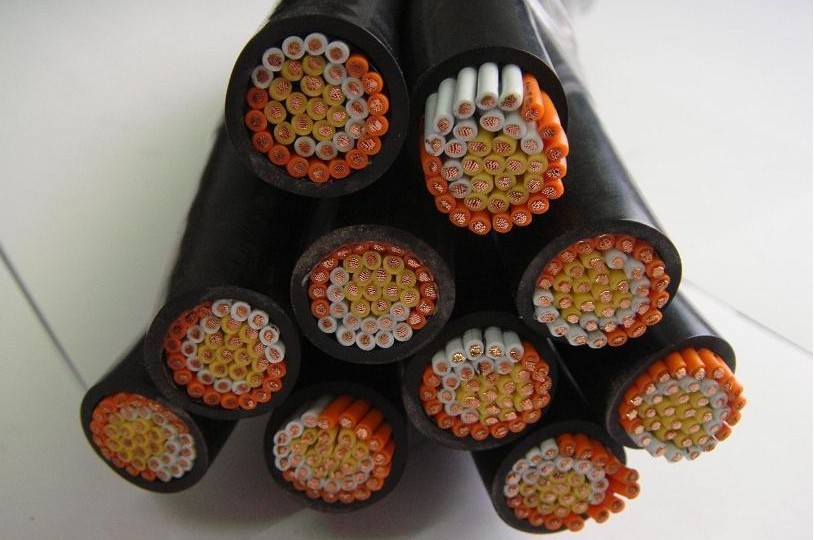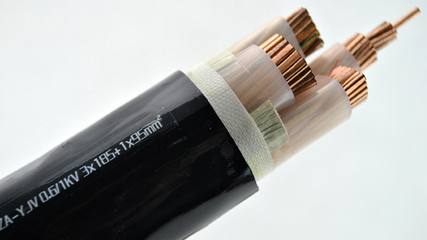What Is The Difference Between Fire Resistant And Flame Retardant Cables
 Mar 14,2024
Mar 14,2024

 Suke
Suke
Fire-resistant cables and flame-retardant cables are two different types of cables, and they differ in safety performance.
Fire-resistant cable refers to a cable that can still maintain a certain electrical performance and mechanical strength for a certain period of time, under high temperature and fire conditions. Fire-resistant cables usually use special insulation and sheath materials, as well as special structural design, so that they have fire, smoke, gas and other properties. Fire-resistant cables are usually used in places requiring high safety performance, such as high-rise buildings, subways, tunnels, power plants, petrochemical and other places.

The flame-retardant cable refers to a cable that, in the event of a fire, can prevent the spread of flames and limit the emission of smoke and toxic gases, thereby protecting the safety of personnel and the integrity of equipment. Flame-retardant cables are made of flame-retardant materials, which can effectively reduce the hazard of fire, but their fire resistance is usually not as good as that of fire-resistant cables. Flame-retardant cables are typically used in indoor building electrical systems, including residential and commercial buildings.

The structure and materials of fire-resistant cables are also different from those of flame-retardant cables.
Flame retardant cable insulation layer, sheath and outer sheath using flame retardant material, and fire retardant cable is usually between the conductor and insulation layer plus a fire layer, so in theory can be added to the structure of the fire retardant cable, the formation of both flame retardant and fire resistant cable, but the actual is not necessary. Because of the refractory layer of fire-resistant cables, multiple layers of mica tape are usually used to wrap directly on the wire. It can withstand long-term combustion, even if the polymer where the flame is applied is burned, it can ensure the normal operation of the line.

 Home
Home What Is Armored Cable?
What Is Armored Cable?  You May Also Like
You May Also Like

 Tel
Tel
 Email
Email
 Address
Address













